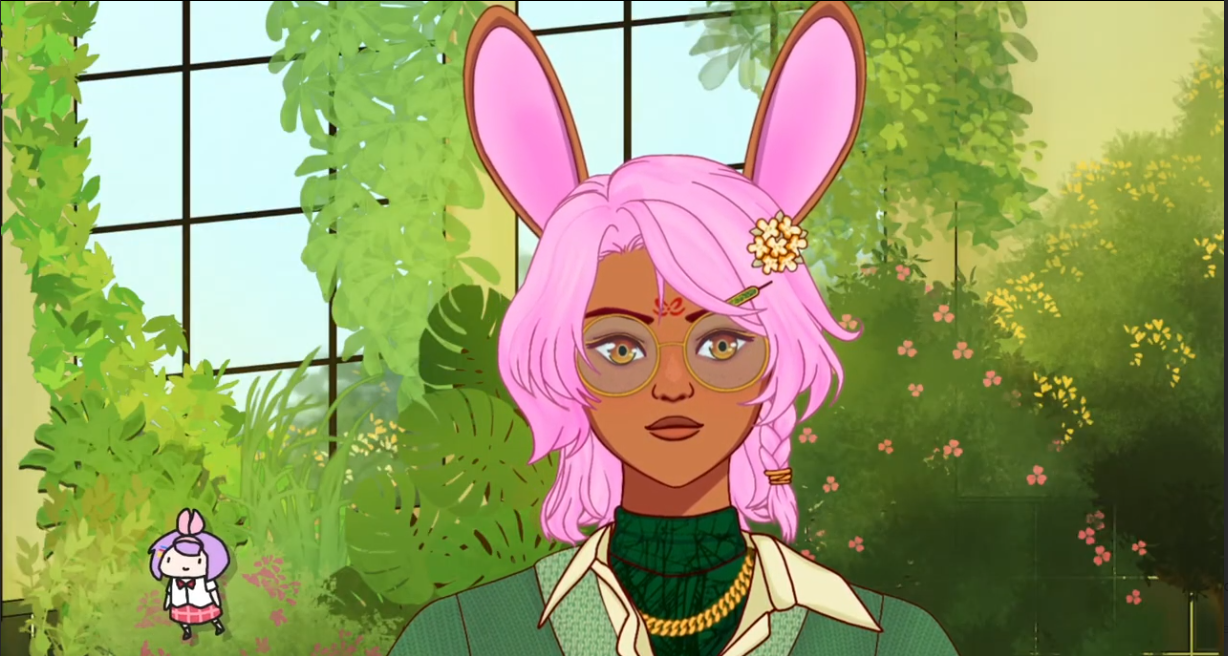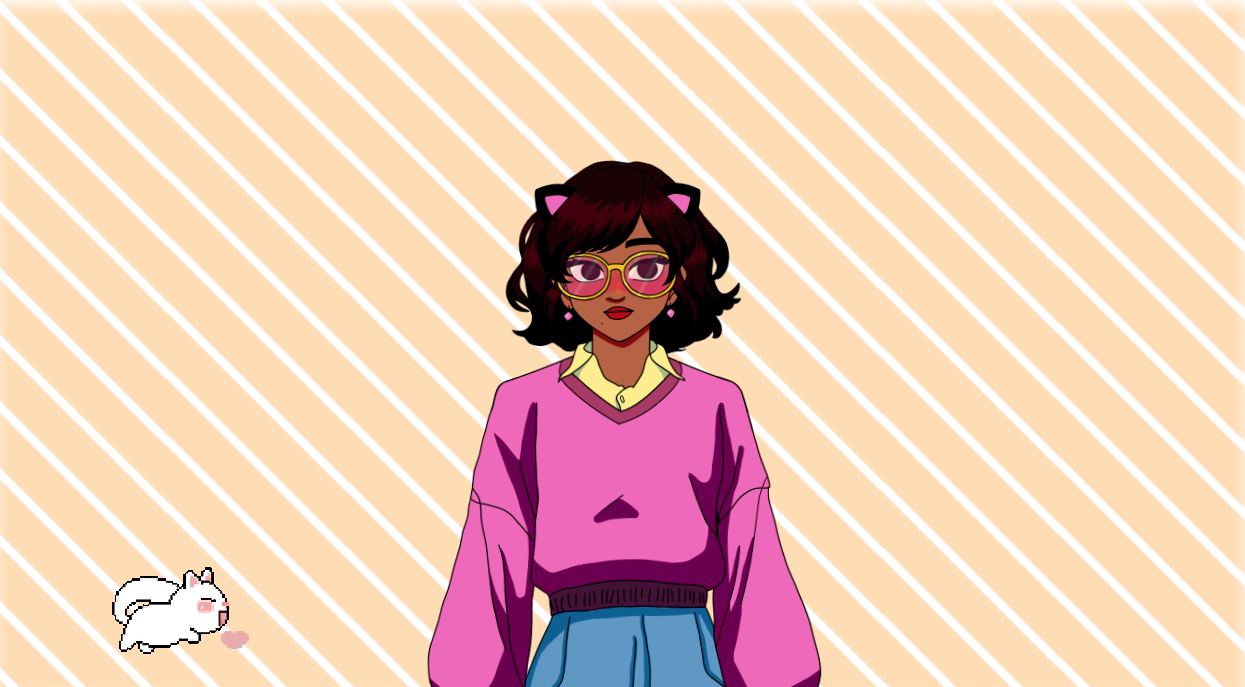
When it comes to character design, character art, rigging, and animation, that is something that I began to delve into in recent years after developing an interest in v-tubers.
For the uninitiated, v-tubers are content creators that use an animated persona to talk to their audiences instead of showing their face, with the use of face-tracking technology. This animated persona can vary from person to person: it can be 2D, 3D, full-body or just a face, extremely detailed or very simple. When I began making designing and creating these animated characters, I was just catering to myself and working to improve my skills in both character art and rigging. But now, I’ve grown to the point of accepting commissions from others.
The following is a showcase of examples that I made for myself, and a little glimpse at the different steps in the process.
This is the very first model that I ever made. This is also my very first real attempt with digital art. My skill level was not high at the start, so when I first started drawing, I used a lot of familiar American cartoons (more specifically, Scooby Doo) as inspiration and reference when it came to style. I was just doing my best to make something that I could say looked good.
This is the second model that I made. The first attempt got my feet wet, and the second attempt, I wanted to do everything better, from the art to the rigging to the physics. I wanted to make a model that was smooth and expressive.
When it comes to the art, every single moving part needs to be drawn on a separate layer. On just the head, every hair piece, each eyebrow, upper eyelashes, lower eyelashes, each eyeball, the irises of each eye, the pupils, the nose, the lips, the teeth, the tongue, the interior of the mouth, and blush on the cheeks all need to be drawn separately. So, even a simple model isn’t entirely as simple as it looks at first glance.
When you rig, you change the position and shape of different pieces of a model and assign that movement to a variable.
Then, once you add physics, you add another condition to those variables that tells the moving pieces how react once those variables are set to a certain value.
So, if you want the model to tilt their head, their head and their hair need to move to reflect that, and their hair may need to swing if the head moved rapidly from upright to tilted.


